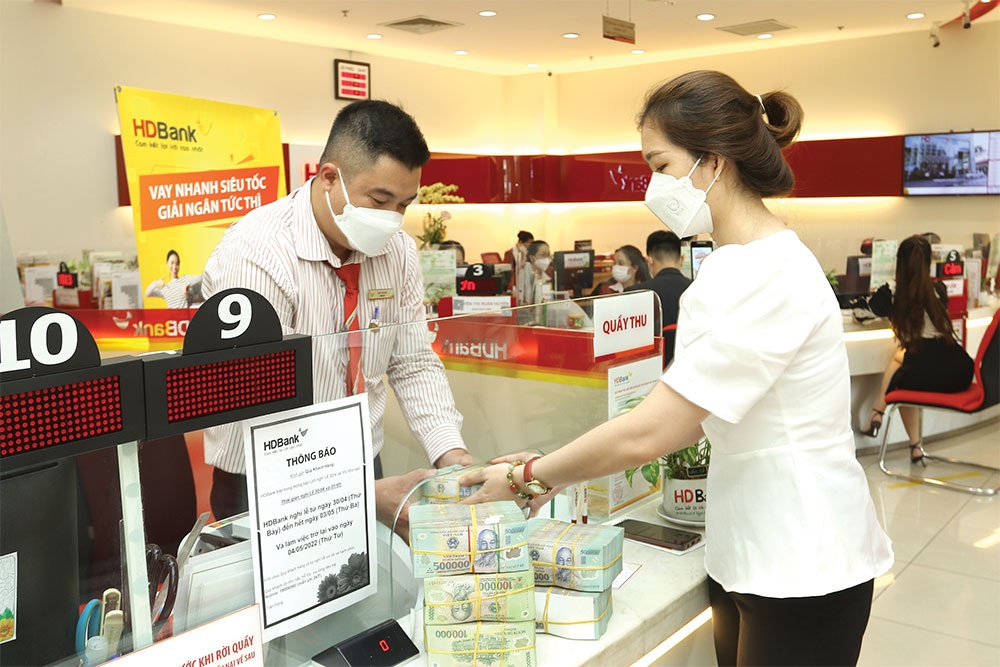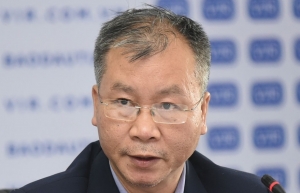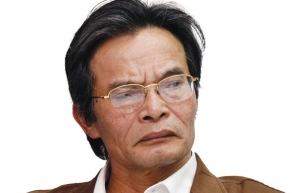SBV aiming to harmonise monetary market players
After the US Federal Reserve raised interest rates by 0.75 percentage points last month to combat inflation found at around four-decade highs, in Vietnam, lending rates for business loans increased rapidly. Most banks simultaneously raised deposit interest rates to 8 per cent – a move that could slow down the recovery of the economy.
 |
| Banks typically raise deposit rates towards the end of the year, Photo: Le Toan |
At a government press conference last week, Doan Thai Son, Deputy Governor of the State Bank of Vietnam (SBV), said that among the increased ceiling interest rates, the national bank increased the operating interest rate and the deposit interest rate ceiling while keeping the lending interest rate cap unchanged.
“For the first eight months of 2022, the SBV kept the operating interest rates unchanged. In September, following the most recent adjustment of the Fed, the SBV increased some ceiling interest rates on deposits for commercial banks,” Son said. “The objective is to give priority to controlling inflation, stabilising the macro-economy, and ensuring positive real interest rates for deposit rates to harmonise the interests of participants in the money market.”
The interest rate scenario in Vietnam changed significantly last month after the SBV officially raised the operating interest rate by 1 percentage point. Last week, some banks applied deposit interest rates of nearly 9 per cent annually. Viet Capital Bank on October 3 also announced the launch of a deposit product for individual and institutional customers with interest rates of up to 8.4 per cent per annum.
Tran Van Khang, director of garment maker Dong Binh JSC in the northern province of Bac Ninh which exports to the European market, has been pondering on the increase in deposit interest rates. “It can put pressure on lending rates and negatively affect businesses as they have just been recovering after the pandemic,” Khang said.
Dong Binh’s rebalancing of production and business capital, including the last months of the year and the first quarter of 2023, will be recalculated at a meeting this week. The company’s plan is to upgrade its production line to meet the new requirements for exporting to the EU.
“Compared to the original plan, if the bank increases the lending rate, the company will have to bear a huge additional cost while the current capital is not enough. However, we are still monitoring the movement of the bank to make further decisions,” Khang said.
Dr. Can Van Luc, member of the National Financial and Monetary Policy Advisory Council, said, “The deposit interest rate level this year inched up, but lending rates will not rise suddenly.”
Luc cited three reasons why banks raise deposit rates at the end of the year. Firstly, banks increased capital mobilisation to meet the higher-than-normal increase in loan demand at the end of the year. Next, banks must mobilise capital to meet the requirements of the SBV. Since 2019, banks are only allowed to use 40 per cent of short-term capital for medium and long-term loans. Lastly, some banks have begun to issue long-term bonds to increase tier-two capital to meet capital adequacy requirements under Basel II standards.
Credit has increased quickly in the market, putting pressure on the liquidity of banks. In its strategic report for the fourth quarter of 2022, ACBS Securities Company said that the credit limit was extended by about 2 per cent in the third quarter and is expected to be extended by another 2 per cent in the fourth quarter.
ACBS also forecasts that banks will probably increase deposit rates by 0.5 per cent by the end of 2022 to a total of 1 per cent this year to increase mobilised capital. Thus, the savings deposit interest rate not only increased to the ceiling of 5 per cent per annum for a term of less than six months after the SBV adjusted the ceiling interest rate for the short term, but also increased it sharply over one year.
Analysts believed that the pressure to raise deposit rates will be greater until the end of the year, especially when inflation expectations are increasing, forcing banks to mobilise interest rates and higher deposits. This will likely entail pressures on lending rates.
A report by SSI Securities showed that deposit rates for businesses have increased by 0.2 percentage points at some larger banks in the last six months, such as at MB and Techcombank. Since February, many other commercial banks have raised deposit interest rates by about 0.1-0.2 percentage points.
Nguyen Quoc Anh, chairman of the Ho Chi Minh City Rubber and Plastic Association, said, “Many businesses who are members of the organisation have received notices that banks will apply lending rate increases of 0.5-1 per cent compared to last year. The economic recovery helps credit demand to increase, but it will be very difficult if banks raise lending rates.”
Son of the SBV added, “It is important to create conditions for the banking system to continue to attract deposits and have financial sources for lending to support the economy.
 | Myriad of choices available for monetary policy in Vietnam amid global fluctuations As today’s markets are undoubtedly volatile, the State Bank of Vietnam is in a dilemma to adopt a proper monetary policy. Economic expert Vu Dinh Anh discussed with VIR’s Hong Dung the potential approaches for Vietnam to sail through the challenging period. |
 | Staying ahead with fiscal and monetary milestones As the State Bank of Vietnam has raised interest rates to control inflation, economist Le Xuan Nghia spoke with VIR’s Hong Dung about the impact of the hike on the credit market. |
What the stars mean:
★ Poor ★ ★ Promising ★★★ Good ★★★★ Very good ★★★★★ Exceptional
Related Contents
Latest News
More News
- Acecook Vietnam: 30 years of creating happiness (January 08, 2026 | 08:00)
- Sustainability a core value for DKSH’s vision (January 07, 2026 | 16:00)
- People encouraged to contribute and grow at AstraZeneca Vietnam (January 07, 2026 | 15:48)
- Dat Bike accelerates sustainable mobility (January 07, 2026 | 15:24)
- Innovation to support modern healthcare development (January 07, 2026 | 10:00)
- Six localities record double-digit growth as regional performance diverges in 2025 (January 06, 2026 | 18:00)
- E-commerce market undergoes transformation amid rising competition and regulation (January 06, 2026 | 17:54)
- Vietnam’s industrial output hits seven-year high in 2025 (January 06, 2026 | 17:47)
- GELEX’s credit rating outlook upgraded to 'Positive' by VIS Rating (January 06, 2026 | 16:49)
- Finance sector lays firm groundwork for 2026 after major reform (January 06, 2026 | 15:30)

 Tag:
Tag:



















 Mobile Version
Mobile Version